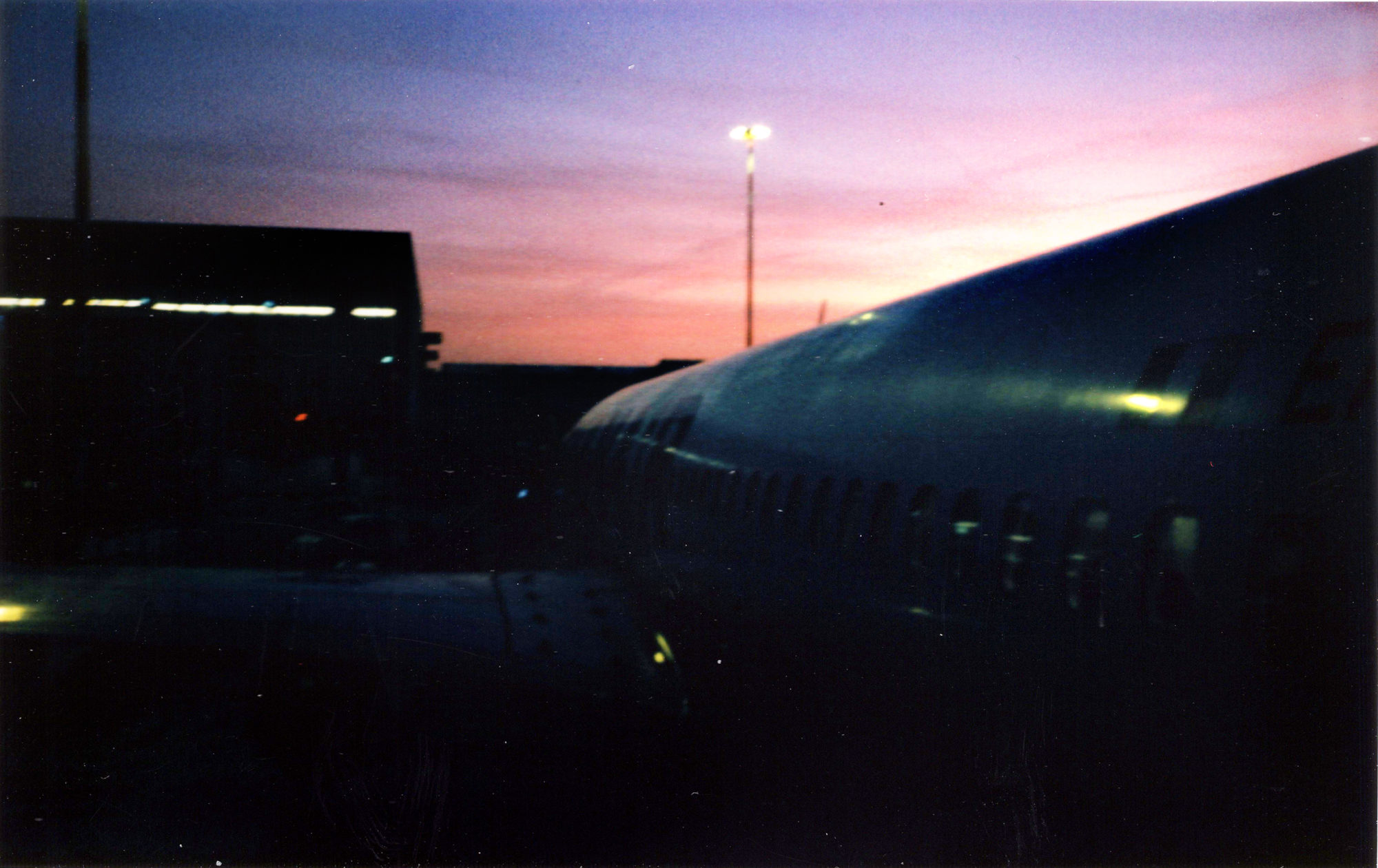I suggest reading the article listening to this great piece of japanese jazz – to sync your mood with what we felt during the trip.
Since any of my first two trips to Japan (i.e. in 2012 and 2015) were not enough to satisfy my hunger for experiences in that amazing country, I decided to head back to the narrow streets of Tōkyō and other cities once again. As I did during my previous trip, I went with people I care a lot about and with whom I can share my interest for the country. We chose a wide array of cities to visit, and added Kanazawa and Aomori to my usual tour plan. Moreover we all went on the trip with cameras – and a total of 25 rolls of Ilford HP5 and 10 cartridges of I-type instant film to shoot in a 24-days trip – so everything pointed to it being first and foremost a photo-voyage.












